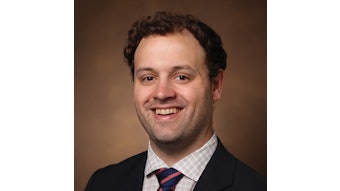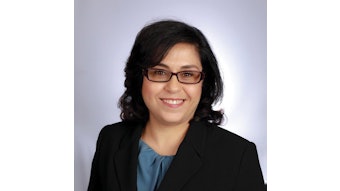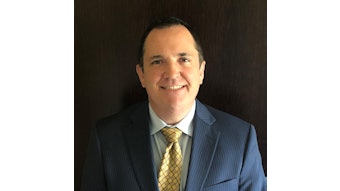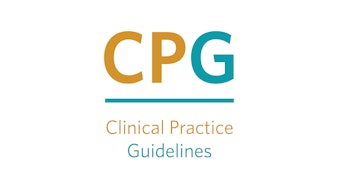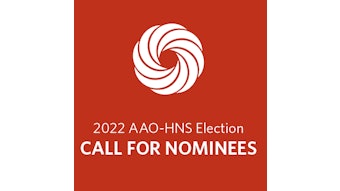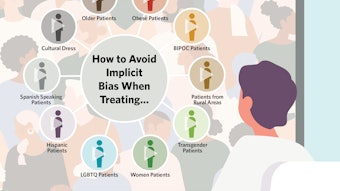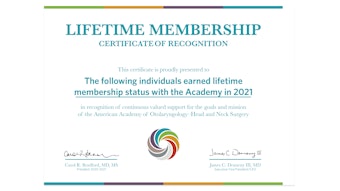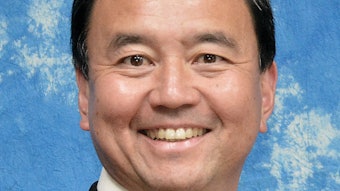Out of Committee: Diversity and Equity Committee | Addressing Representation of URiM Physicians in Otolaryngology
Supporting the development of relationships and mentorship with role models early in students’ medical school experiences is an important component of a multifactorial approach to recruitment of URiM students.
Sarah J. Burgin, MD, and David J. Brown, MD, for the Diversity and Inclusion Committee

Medical student choice of specialty is complex and multifactorial. An evaluation of the influential factors on the specialty of choice for all graduating medical students in 2019 found that “personality fit” was a strong or moderate influence for 99% of students, followed by “specialty content” (98%), “role model influence” (81%), and “work-life balance” (77%).3 In seeking to identify factors for targeted interventions to increase URiM students choosing otolaryngology, “role model influence” is the most readily targeted, while many other identified factors are not readily modifiable. Personality fit is a highly variable metric that is difficult to target.
How can we as individual practitioners and the AAO-HNS as a whole encourage relationship development between URiM students considering otolaryngology and practicing otolaryngologists? First, we must acknowledge that responsibility for increasing URiM recruitment to our field falls to all of us, not only those who identify as URiM. Second, recognizing that these relationships develop most organically when centered on shared professional goals, such as joint research endeavors or shared clinical duties, we need to support and mentor URiM students in their research goals and visiting clerkships. Early, frequent contact with role models in our field can be fostered through partnerships with local Student National Medical Association and Latino Medical Student Association chapters and with historically black college and university medical schools, many of which do not have otolaryngology training programs. Our recent collective shift toward more virtual interactions, including virtual mentorship for research projects, may make it possible to remove some geographic barriers to the development of these relationships. These opportunities need to be publicized outside specialty-specific websites and publications in order to recruit students who have not chosen a specialty.
Otolaryngology as a specialty performs poorly compared to other surgical subspecialties in terms of matriculation of URiM physicians into residency positions. Supporting the development of relationships and mentorship with role models early in students’ medical school experiences is an important component of a multifactorial approach to recruitment of URiM students.
References:
1. Nieblas-Bedolla E, Williams JR, Christophers B, Kweon CY, Williams EJ, Jimenez N. Trends in race/ethnicity among applicants and matriculants to US surgical specialties, 2010-2018. JAMA Netw Open. 2020;3(11):e2023509. doi: 10.1001/jamanetworkopen.2020.23509
3. Association of American Medical Colleges. Graduation Questionnaire. 2019. Q32. Accessed August 19, 2021. https://www.aamc.org/cim/about-cim/how-medical-students-choose-specialties
2. United States Census Bureau. 2020 US census data. Accessed August 24, 2020. https://www.census.gov/quickfacts/fact/table/US/PST045219


